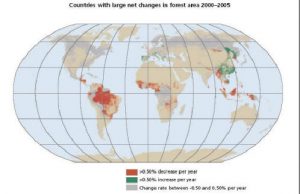
Map: Net Changes In Forest Area
Below: Map indicating the the net changes in forest area 2000-2005 (note that all the areas in red – decrease of more than 50% –

Below: Map indicating the the net changes in forest area 2000-2005 (note that all the areas in red – decrease of more than 50% –
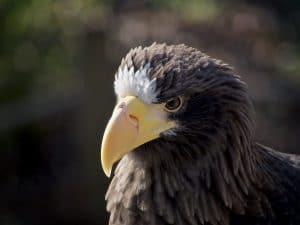
Seasonal change in habitat use in Steller’s sea eagles By: Mutsuyuki Ueta, Michael J. McGrady, Hajime Nakagawa, Fumio Sato and Vladimir B. Masterov Abstract Habitat-use
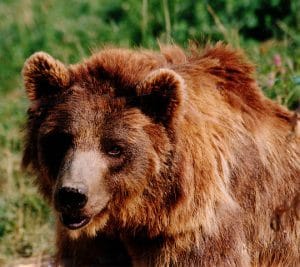
Bear Behavior One of the things that makes Alaska so special is that all three species of North American bears flourish here. There is a
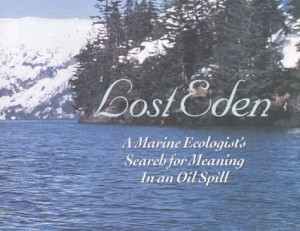
[et_pb_section admin_label=”section”] [et_pb_row admin_label=”row”] [et_pb_column type=”4_4″] [et_pb_text admin_label=”Text”] The following article was published in the May-June 2000 issue of E-Magazine: March of 1989 was the
ORDER MYXINIFORMES MYXINIDAE (hagfishes) Myxininae Eptatretinae CLASS CEPHALASPIDOMORPHI ORDER PETROMYZONTIFORMES PETROMYZONTIDAE (lampreys) Petromyzontinae Geotriinae Mordaciinae CLASS ELASMOBRANCHII ORDER
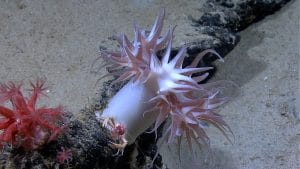
December 2003 NOTICIAS DE GALAPAGOS 62 A NEW RECORD OF ANEMONE BARRENS IN THE GALAPAGOS By: Thomas. A. Okey, Scoresby. A. Shepherd, and Priscilla C.
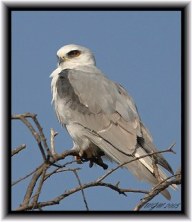
White-tailed kites, Elanus leucurus, once ranged from Georgia to Florida, across the southern United States and northern Mexico, to California and Oregon. The population was

As their name suggests, spiny dogfish sharks (Squalus acanthias) have sharp spines in front of each dorsal fin. Their bodies are dark gray above and
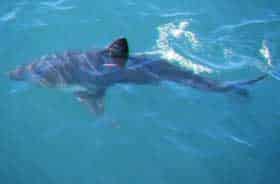
Salmon sharks (Lamna ditropis) are large, powerful, warm-bodied (endothermic), and streamlined predators adapted for high-speed swimming. Reports from the U.S. Navy have clocked salmon sharks

Pacific sleeper sharks (Somniosus pacificus) range from the Chukchi Sea, East Siberian and Beaufort seas, to the Bering Sea and in the Pacific Ocean to





